Geumpung Brewery (금풍양조장)
5.8Km 2025-09-03
8 Samnangseong-gil, Gilsang-myeon, Ganghwa-gun, Incheon
+82-70-4400-1931
Operated by the same family for three generations, Geumpung Brewery preserves the history of traditional Korean wine-making on Ganghwado Island. Its makgeolli (unrefined rice wine), with a 100-year tradition, is made from top-quality eco-friendly rice grown on the island. The brewery is committed to making science-based premium rice wine. In 2021, the brewery was the first on the island to obtain a license for brewing local specialty wine (unrefined and refined rice wine) with the goal of promoting makgeolli globally, while using local ingredients. Notably, the brewery's packaging, made by upcycling rice sacks, has grabbed much attention.
Yagam Hongyeomcheon Tourist Hotel (약암홍염천관광호텔)
6.0Km 2020-04-15
965-7, Yagam-ro, Gimpo-si, Gyeonggi-do
+82-31-989-7000
Yagam Hongyeomcheon Tourist Hotel in Gimpo offers 71 guest rooms and a variety of amenities, including the Mammoth Tub, able to accommodate over 1,000 guests at once. Being near the city, many tourists from Seoul and Incheon come to relax during the weekends. The Hongyeomocheon waters are famous for healing the eye disease of Joseon dynasty King Cheol-Jong. The water come from 460 meters underground. It is clear, clean, and contains great iron minerals and the salt content is one tenth of the ocean water. The water color turns red after about ten minutes of exposure to the air.
Susan Park (수산공원)
6.2Km 2023-08-08
52, Daemyeonghang 1-ro, Gimpo-si, Gyeonggi-do
+82-31-985-6672
Located in Daemyeongpo-gu in Gimpo, the large leisure cafe also operates a sushi restaurant, kid's cafe and monsterium. Open all year round, fresh sushi is available starting at 11:00 AM. With a large parking lot, it is convenient for visitors to come by car.
Hamheodongcheon Campground (함허동천야영장)
6.3Km 2024-02-15
13 Haeannam-ro 1196beon-gil, Hwado-myeon, Ganghwa-gun, Incheon
032-930-7066
Hamheodongcheon Campground is a camping site nestled in the Hamheodongcheon valley on the northern slope of Manisan Mountain in Ganghwa-do, inaugurated in 1987. Enveloped by lush forests, it provides a picturesque setting and is especially favored as a summer retreat destination. The first campground accommodates electricity usage and operates through an internet reservation system, whereas the second to fourth campgrounds operate on a first-come, first-served basis without prior reservations.
Ganghwa Deokjinjin Fortress (강화 덕진진)
6.5Km 2020-03-16
34, Deokjin-ro, Ganghwa-gun, Incheon
+82-32-930-7074
Deokjinjin was the key strategic point of the outer castle wall used for defending the Ganghwa Straits during the Goryeo dynasty (918-1392). It was originally a military camp commanded by an official with the rank of Cheomsa under the command of the Korean naval base. In 1677, an official with the rank of Manho was assigned to this camp along with 26 military officials, 100 soldiers, 2 battle ships, and other military equipment. In 1679, the Namjangpodae and Deokjinpodae batteries were stationed here.
Deokjinjin Camp was the scene of fierce battles that took place during Byeonginyangyo (the French invasion in 1866) and Shinmiyangyo (the American invasion in 1871). The battlements and gatehouse of Deokjinjin that had all been destroyed during Sinmiyangyo were restored in 1977. At the Namjangpodae Battery, cannons used by the Joseon military have been reproduced and installed for display.
Deokpojin Museum of Education (덕포진교육박물관)
6.8Km 2021-02-26
90, Deokpojin-ro 103beon-gil, Gimpo-si, Gyeonggi-do
+82-31-989-8580
Deokpojin Museum of Education was established by Kim Dong-seon, an elementary school teacher, for his wife, Lee In-suk who lost her eye sight due to an accident while she was also an elementary school teacher. He decided to build the museum to cheer up his wife who was deeply depressed with the fact that she could no longer teach students. Through the husband's will to give his wife opportunities to teach children again, his dream to create hands-on educational programs not available in the ordinary school education system became a reality as well. The museum was finally opened in 1996 with materials collected by the couple, comprised of a music class taught with her pump organ and Mr. Kim's collection of various school materials such as a book wrapper, a nature textbook from 1960, nickel silver lunch boxes and more. These collections attracts many visitors, from kindergarteners to university students and even family visitors.
Yeongjong Grand Bridge (영종대교)
7.3Km 2022-07-26
Jangdo Island (Gyeongseo-dong, Seo-gu, Incheon-si) ~ Yeongjongdo Island (Unbuk-dong, Jung-gu, Incheon-si)
Yeongjongdaegyo Bridge connects the mainland of Incheon with Yeongjongdo Island that is home to the Incheon International Airport. Until the construction of this bridge, the only way to get to and from Yeongjongdo Island had been by boat. The 4.4 kilometer-long Yeongjong Bridge is the world’s first 3-dimensional self-anchored suspension bridge. The bridge carries both highways and rail lines on its decks, and 10,000-ton ships can pass under the bridge. The bridge was designed to withstand strong winds and earthquake.
It is the first bridge in Korea to have been completed through private capital inducement project. In addition to its function as a bridge, it is also an architectural beauty as the shape of the cable and the girder was designed to symbolize the eaves of the traditional Korean tile-roofed house. In 2002, Yeongjongdaegyo Bridge won the Tanaka Award by the Japan Society of Civil Engineers for the first time in Korea.
Chamseongdan Altar (강화 참성단)
8.1Km 2020-06-29
Heungwang-ri, Ganghwa-gun, Incheon
+82-32-930-4571
Located on the northside of Manisan Mountain peak, Chamseongdan Altar is where Dangun (founder of Korea) is said to have offered sacrifices to the heavens. The story of Dangun reads that he made sacrifices over 4,000 years ago, making this relic a historical treasure.
Chamseongdan was renovated in 1270 under Goryeo Wonjong’s and after being renovated several more times. To this day it has remained the same way and kept the same appearance. Chamseongdan is a natural stone 5 meters in x_height, circular in shape at the bottom and rectangular at the top. Because it is in the middle of Baekdusan Mountain and Hallasan Mountain, you can see the islands of the West sea and the inland scenery. It is symbolically a very important place. It is said that in the past, the kings of Goguryeo, Baekje, and Silla Kingdoms all offered sacrifices to the heavens here. This form of ceremonial sacrificing continued prevailed until the Joseon Period (1392~1910). Visitors can see from scattered relics how Korea’s ancestors revered and feared the heavens. Even now, on Gaecheonjeol Day, Koreans offer sacrifices to Dangun here, and for national athletic events, a sacred flame for the games is ignited here.
Manisan Mountain is 495m above sea level, which makes it the highest mountain in Ganghwa. The entire area was designated as a National Tour Site in 1977. Climb to the summit and you can see the entire Gyeonggi area. The path leading up to Chamseongdan especially has a wonderful view of the mountain and the sea, and is a favorite of the climbers.
Gwangseongbo Fortress (광성보)
8.2Km 2022-07-25
27, Haeandong-ro 466beon-gil, Ganghwa-gun, Incheon
+82-32-930-7070
Gwangseongbo Fortress’s outer wall from the Goryeo era was mended in 1618. The fortress was built in 1656 and the outpost was constructed in 1679. It was completely remodeled into
a masonry castle with gates in 1745. During Sinmiyangyo (the American invasion in 1871), Gwangseongbo was the fiercest battle ground in Ganghwa. On April 24, 1871, a
fleet with 1,230 American naval forces led by Rear Admiral John Rodgers landed on Ganghwado Island to demand the
opening of Korea's ports and commerce. The armed forces attacked Chojijin Fortress
and Deokjinjin Camp, then marched to Gwangseongbo Fortress, where they engaged in close combat with the warriors of Joseon. Although General Eo Jae-yeon and the other warriors were poorly equipped with far inferior weapons, they bravely fought to the
death against the invading forces.
The battlefield ruins of the fortress and the gate towers such as Anhaeru, Gwangseongdon, Sondolmokdon, and Yongdudon were repaired
in 1977. The twin tombs of General Eo Jae-Yeon and his brother Eo Jae-seon, along with the anonymous tombs of warriors who died on the battlefield were
also honorably arranged at the same time. Furthermore, a stone monument commemorating the restoration of Ganghwa Battlefield was erected on Yongdudondae Post.
In 1988, an extensive rest area was created toward the shore for visitors’ convenience. Gwangseongbo Fortress is presently designated as Historical Relic No. 227. A religious service known as Gwangseongje is held annually to commemorate the patriotic spirits of General Eo Jae-yeon and other unnamed warriors. This service takes place at 11 a.m. on every April 24th of the lunar calendar.
Gyeongin Ara Waterway (경인 아라뱃길)
8.7Km 2023-11-10
41 Jeongseojin 1-ro, Seo-gu, Incheon
+82-1899-3650
Ara Waterway flows 18 kilometers from the Hangang River to the West Sea. Opened in 2012, the waterway serves to quickly remove excess water from the surrounding areas to prevent flooding. The waterway also serves as a key route for transporting cargo via ship, as well as a natural green space.
The idea of Ara Waterway started nearly 800 years ago during the Joseon dynasty by King Gojong. Unfortunately, his plan could not be completed at that time due to technical obstacles and the difficult state of the country. After countless efforts and preparation, the construction of the waterway began in 2009 and opened in 2012.

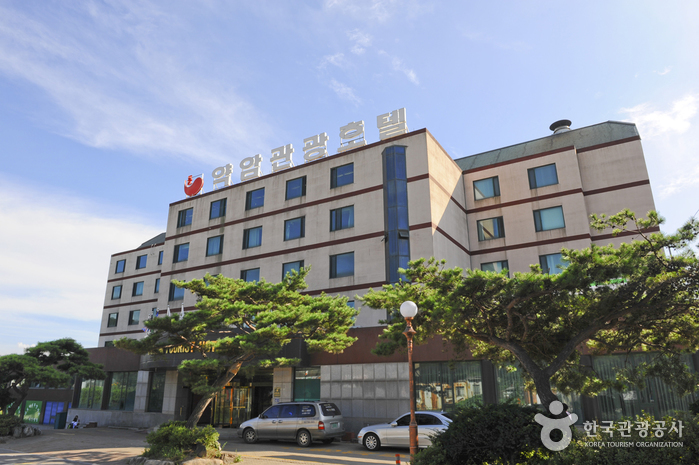
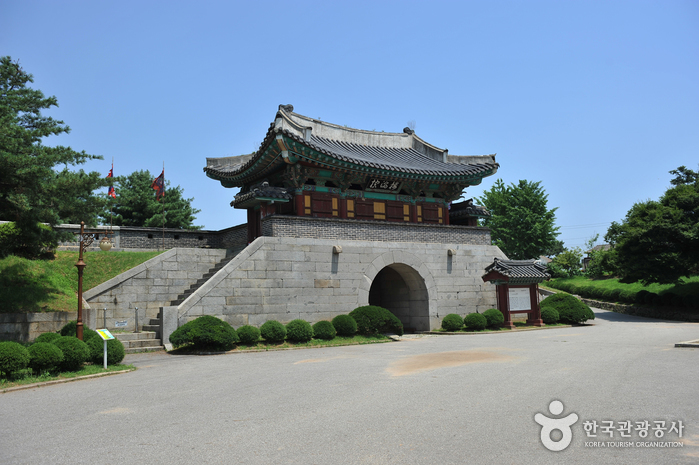
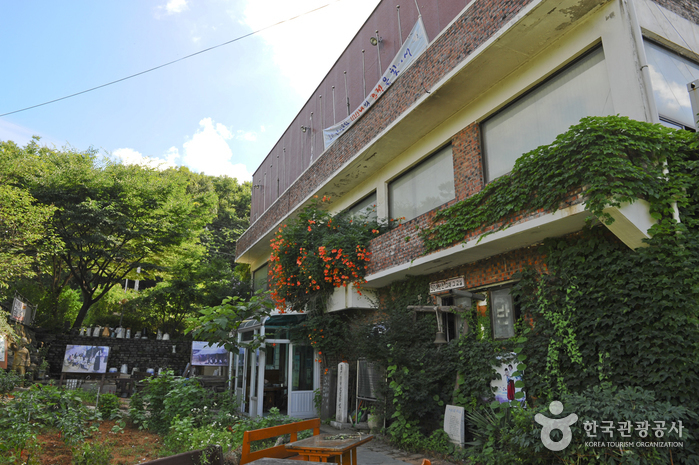
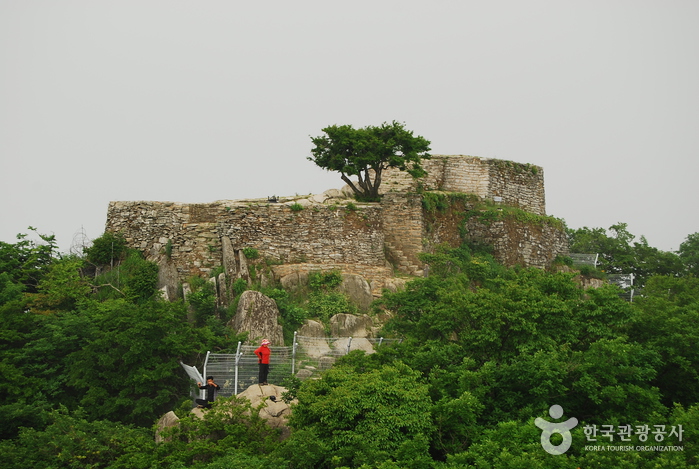
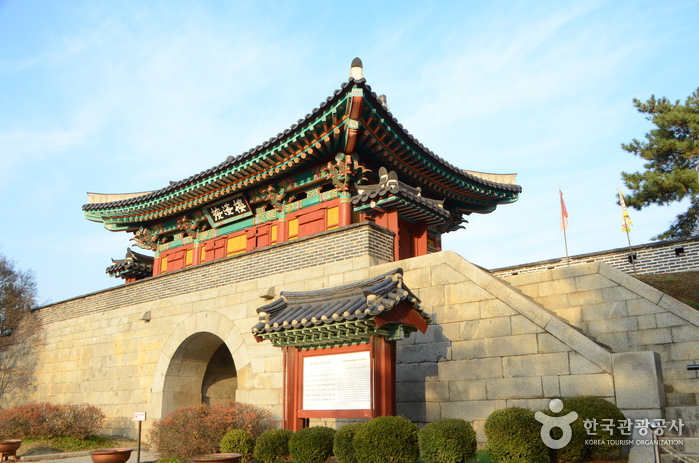
 English
English
 한국어
한국어 日本語
日本語 中文(简体)
中文(简体) Deutsch
Deutsch Français
Français Español
Español Русский
Русский